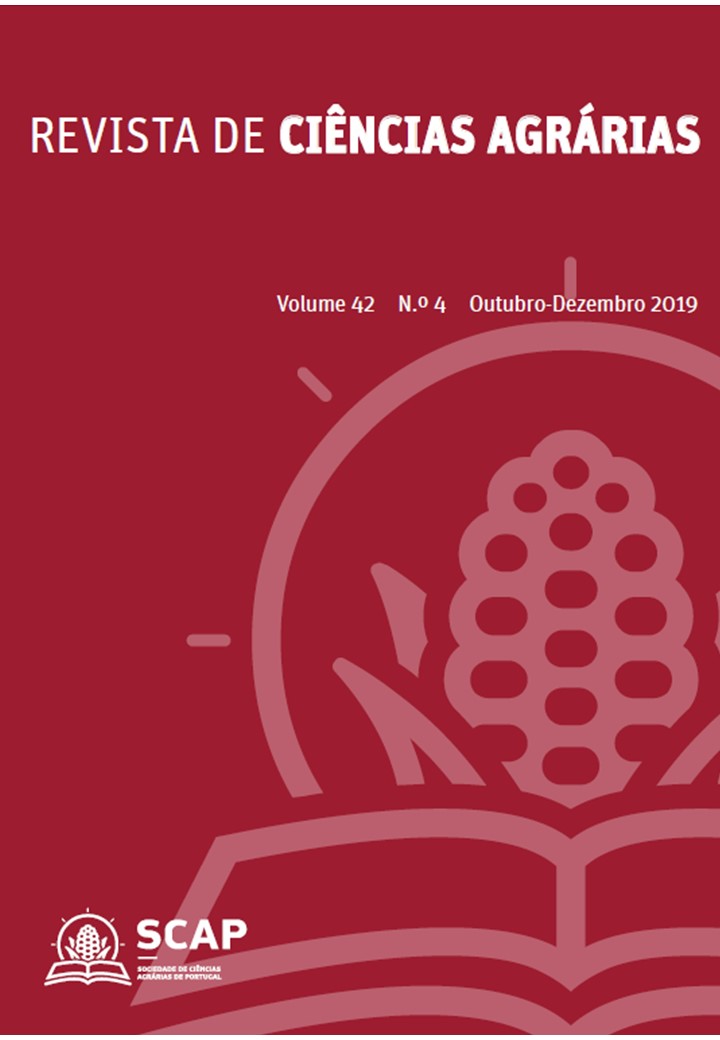Controlled-release fertilizer in the first banana crop cycle
DOI:
https://doi.org/10.19084/rca.17724Abstract
High doses of fertilizers are used in the fertilization of the first cycle of banana crops. These doses are divided in the cycle to reduce losses and applied manually, requiring a great number of people. The objective of this study was to compare a single application of controlled-release fertilizer (CRF) with the split application of conventional mixed fertilizer (CF) evaluating yield, nutritional status and soil chemical characteristics during the first cycle of a banana crop. The experiment was conducted in Sete Barras, SP, Brazil, with the cv. Grand Naine using the CRF 14-07-27 and the CF 14-07-28. The experimental design was randomized blocks with four replications and five treatments: 900 and 600 g plant-1 of CRF, in a single application, and 1,200 g plant-1 of CF split in three, five and seven applications. Fertilization with CRF provided the same yield and kept an adequate nutritional status of banana plants compared to treatments using split application of CF. Fertilization with 600 g plant-1 of CRF made the soil less acidic than CF, regardless of split application, and kept the levels of P and K in the soil at appropriate levels for banana crops after four months of application.


